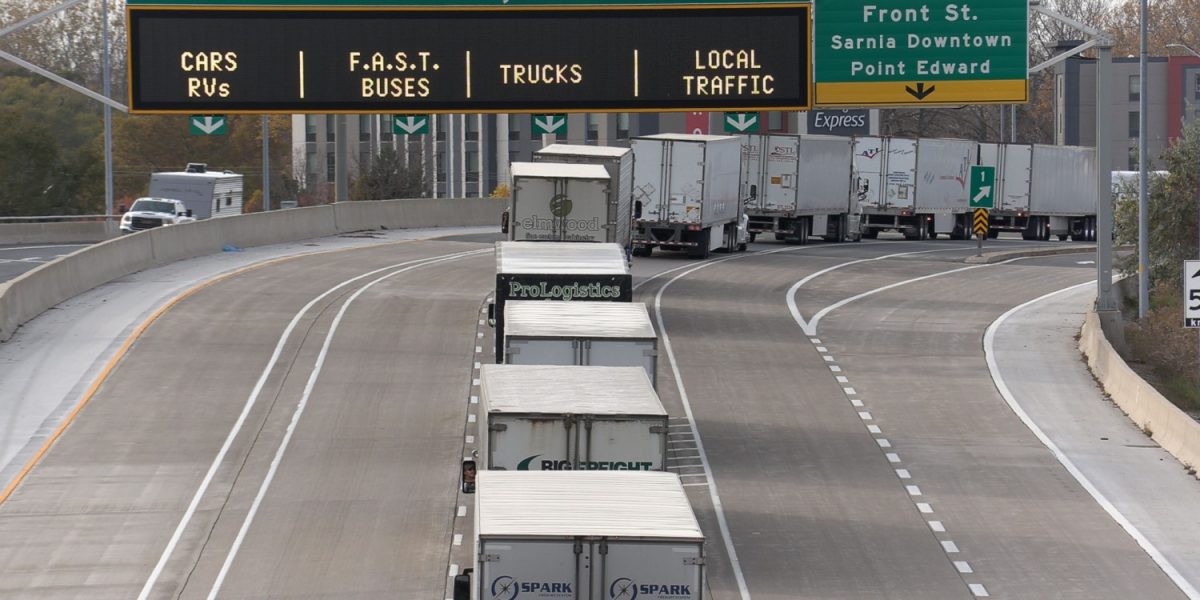If you’re considering a career in truck driving, you might be curious about the types of trucking jobs available. One option you have as a professional truck driver is refrigerated trucking. In this blog, we’ll explore what this specialty is, what it entails, and whether it might be the right choice for you.
What is Refrigerated Trucking?
Refrigerated trucking, or reefer trucking, is a specialized branch of the trucking industry. It involves transporting goods that require temperature-controlled environments to maintain their freshness and quality. These goods can include perishable items like fruits, vegetables, dairy products, meat, personal care products, and pharmaceuticals.
What Does a Refrigerated Truck Driver Do?
Refrigerated truck drivers are responsible for safely transporting temperature-sensitive cargo from one location to another. Their primary duty is ensuring the items remain at the correct temperature throughout the journey. This duty often involves monitoring and adjusting the refrigeration system in the truck to maintain the desired temperature range.
Additionally, refrigerated truck drivers must:
Load and unload cargo carefully to prevent damage
Keep detailed records of temperature readings and delivery times
Adhere to safety regulations and guidelines
Plan routes and manage their schedules efficiently
Is Refrigerated Trucking Right for You?
Now that you know what refrigerated trucking entails, let’s explore whether it’s the right choice for you.
Seven things to consider before becoming a refrigerated truck driver are:
-
Enjoy Variety
If you like the idea of transporting different types of goods, refrigerated trucking offers variety. You could be hauling anything from fresh produce to frozen goods, keeping the job engaging.
-
Demand for Refrigerated Goods
The demand for refrigerated goods remains consistent year-round. People always need fresh food and pharmaceuticals, so you’ll likely have a steady stream of job opportunities.
-
Specialized Skills
Refrigerated trucking requires specialized skills, such as managing temperature controls. It could be a rewarding career choice if you enjoy a challenge and are willing to learn.
-
Challenges
While it can be rewarding, refrigerated trucking also comes with challenges. You’ll need to deal with strict delivery schedules and adapt to weather conditions that may affect the cargo.
-
Comfort
Depending on your comfort level with different types of cargo and working conditions, refrigerated trucking might or might not be for you. Some drivers prefer the stability of hauling refrigerated goods, while others enjoy the freedom of other trucking specialties.
-
Lifestyle
Consider the lifestyle that comes with refrigerated trucking. You may spend extended periods away from home and have irregular working hours.
-
Job Outlook
Check the job market and demand for refrigerated truck drivers in your area. Job availability can vary by region, so research the local market.
Getting Started in Refrigerated Trucking
If you’re interested in pursuing a career in refrigerated trucking, here are some steps to get started:
-
Get Your Commercial Driver’s License (CDL)
To become a truck driver, you’ll need a CDL, which requires passing written and skills tests. Truck driving schools like HDS Truck Driving Institute can help you prepare for these exams.
-
Training
Consider enrolling in a truck driving school that offers specialized training in refrigerated trucking. This will give you the skills and knowledge needed for this specific field.
-
Apply for Jobs
Once you have your CDL and training, start applying for trucking jobs. Look for positions that match your skills and preferences.
-
Gain Experience
Building experience is essential in the trucking industry. Over time, you can qualify for better-paying and more desirable positions.
Start Your Refrigerated Trucking Career with HDS Truck Driving Institute
Ready to embark on a rewarding journey in refrigerated trucking? HDS Truck Driving Institute offers comprehensive CDL training to prepare you for this specialized field. Enroll today and equip yourself with the skills needed to excel in transporting temperature-sensitive cargo. Join our ranks of successful drivers and make a difference on the road. Your trucking future awaits – get started now!
Contact HDS today to start your truck driving journey.






















